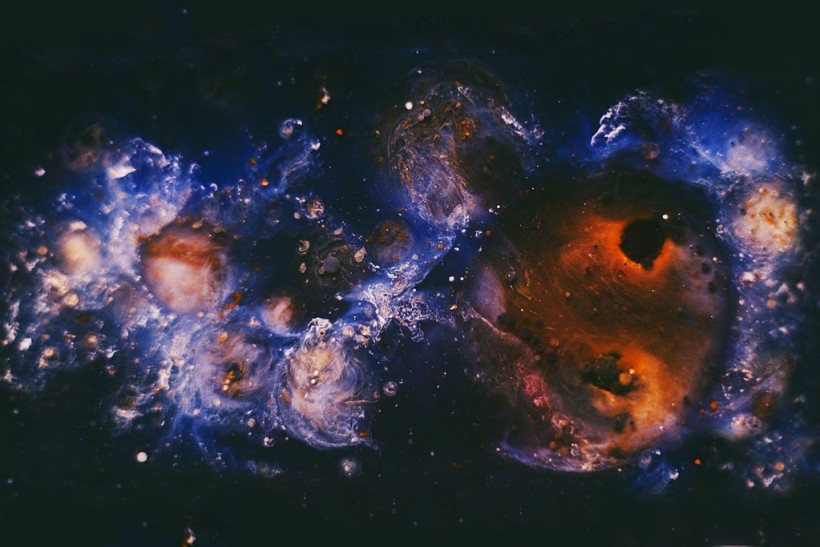It's typical for us to see a dead star every night. It is common knowledge that not all stars above are "alive" since others have already exploded unknowingly. With the help of NASA's Hubble Space Telescope, scientists have spotted for the last time how a star has transformed into a supernova in its end-stage.
Hubble Space Telescope Helps Scientists Saw How the Star Burst

Seeing a star on its terminal stage is a relief for scientists, especially to the astronomers who regularly schedule sightseeing with a telescope.
While the event seems to be predictable, they have indeed recognized a normal explosion through the Hubble Space telescope, and yet, what they found out about the star was really fascinating.
Usually, a layer of hydrogen is what makes up a gigantic yellow star in the universe. While this is common knowledge, the experts believed that this important component serves as a cloak for the hot interior of the star, CNN World reported.
Read Also: Hubble Space Telescope Snaps Images of Remnants of a Supernova Witness on Earth 1700 Years Ago
The supernova which was named by scientists as 2019yvr was a unique discovery during the phenomena. They learned that the said celestial body has no hydrogen when it burst into a supernova.
This rare instance has caught experts by surprise. However, these findings on stellar entities have led them to look for another answer which might fit in the astronomical puzzle.
The study's lead author, Charles Kilpatrick said that they have not yet perceived such happening previously.
"If a star explodes without hydrogen, it should be extremely blue - really, really hot. It's almost impossible for a star to be this cool without having hydrogen in its outer layer," Kilpatrick said in a report by Phys.org.
They also look for the other stars to be compared to this strange supernova, and they concluded that for a supernova to take place, the star needs to have a hydrogen composition.
Experts Return to Hubble Space Telescope's Catalog to Theorize the Scene
In a report by BGR, scientists made use of the catalog from the Hubble Space Telescope to identify an old image of the exploding star which dates back to a couple of years before it burst in the vast space.
They also found out that a nearby cloud of hydrogen has interacted with a mass of the star from the location where it blew up. With that, researchers have developed a theory that could answer the mystery behind the isolated case of a supernova.
Kilpatrick explained that they have speculated some death throes that the stars endured through the years before it turned into a supernova. This led to the findings that there were previous eruptions that occurred before the actual explosion.
With that being said, this resulted in the significant loss of the star's mass which explains why the hydrogen seems to "escape" from the star. The continuous discharge likely persisted for decades.
The first theory was about the lack of hydrogen in the star's body when it exploded. Another theory that the experts proposed is the possibility of having a nearby star that robs the outer layer of hydrogen before the emission happens.
At the moment, these theories would undergo thorough investigation and observation so that in the future, the astronomers could prove what really took place before supernova surfaces.
Related Article: Hubble Space Telescope Enters Safe Mode After Experiencing a Software Glitch
This article is owned by Tech Times
Written by Joseph Henry









